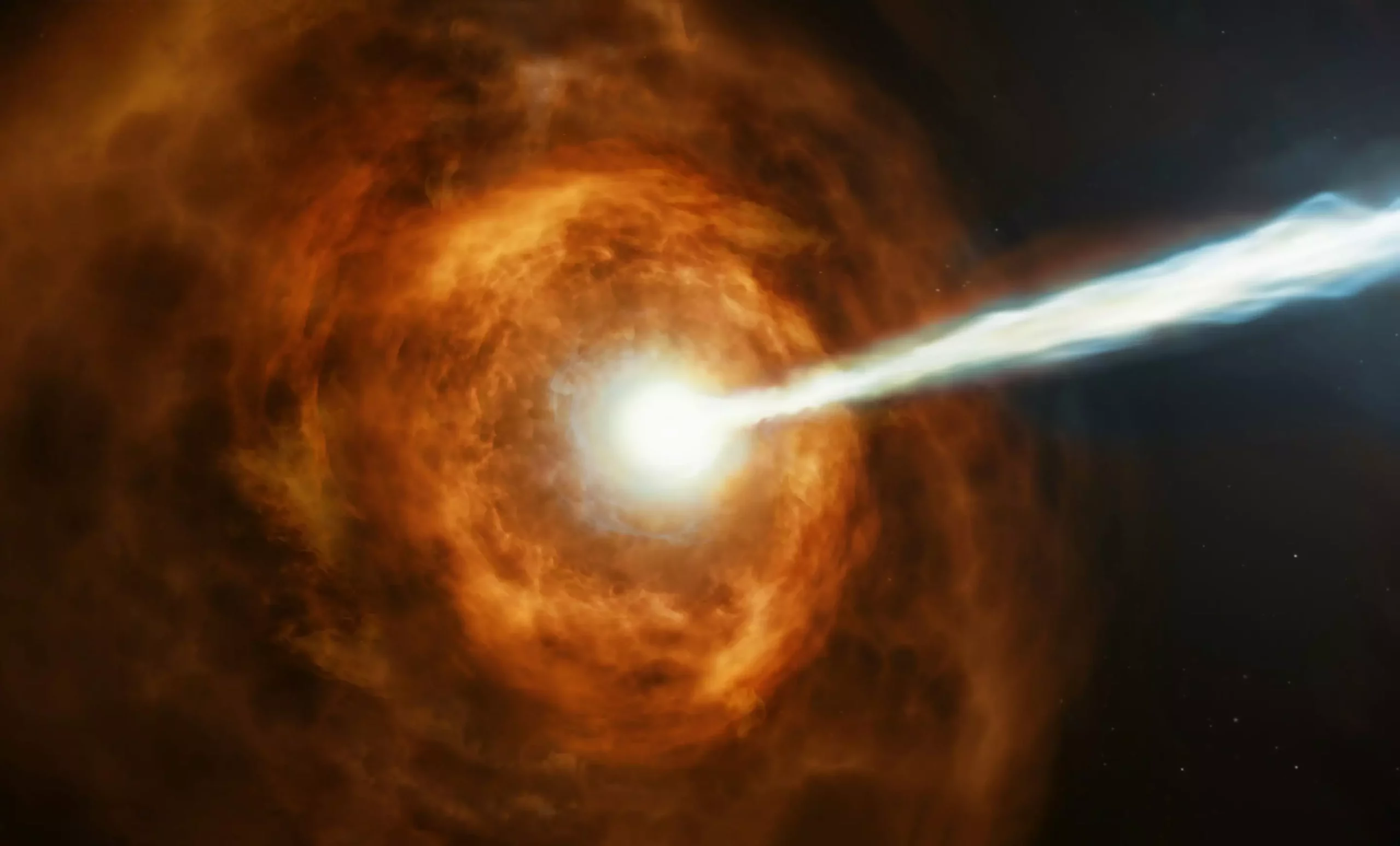Albert Einstein’s groundbreaking theory of relativity is built upon two fundamental postulates that have revolutionized our understanding of physics. These postulates have paved the way for a new perspective on space, time, and the behavior of light in the universe.
One of the key assumptions in Einstein’s theory is Lorentz invariance, which states that the laws of physics remain the same for all observers moving in a straight line with constant velocity. This concept, derived from the work of Dutch physicist Hendrik Lorentz, introduces the idea of an “inertial frame of reference” where the coordinates of observers moving in a vacuum relative to each other are equivalent.
Scientists have long been interested in testing the validity of Lorentz invariance under various conditions. Recently, a research group from China conducted a study on the photons emitted by the most powerful gamma-ray burst ever observed. By analyzing the arrival times of these photons at their telescope, the researchers aimed to investigate whether Lorentz invariance holds true even at extreme energies.
The gamma-ray burst, designated as 221009A, was detected in 2022 from a distant galaxy 2.4 billion light-years away. This burst, lasting over 10 seconds, provided a unique opportunity to study high-energy photons traveling through space over vast distances. The researchers used data collected from the burst to assess any potential deviations from Lorentz invariance.
The research team found that the photons of different frequencies arriving at Earth did so at the same time, indicating no significant violation of Lorentz invariance. This observation suggests that the laws of physics, including the constant speed of light, remain consistent even at incredibly high energies. The study has implications for theories of quantum gravity and the nature of spacetime at the Planck scale.
The researchers conclude that future observations of gamma-ray bursts, particularly focusing on prompt emission rather than afterglow, could provide further insights into Lorentz invariance. By studying the arrival times of high-energy photons from these bursts, scientists may be able to refine the limits of quantum gravity effects and enhance our understanding of fundamental physics principles.
Einstein’s theory of relativity continues to be a cornerstone of modern physics, shaping our understanding of the universe at both macroscopic and microscopic scales. The recent study on gamma-ray bursts in relation to Lorentz invariance demonstrates the ongoing quest to push the boundaries of our scientific knowledge and explore the fundamental laws governing the cosmos.


Leave a Reply